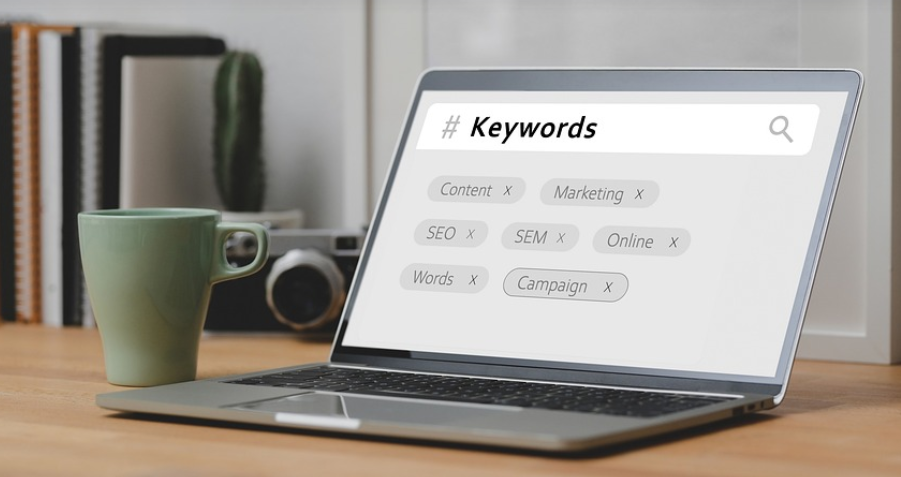Crafting the Perfect Pitch: A Step-by-step Guide
So, you’ve got an exciting interior design project lined up – a dream home refresh, a stunning commercial space, or maybe even a whole new office aesthetic. Congratulations! But before those dreams start taking shape, you need to lay down the groundwork with a solid proposal.
A well-crafted proposal isn’t just about selling your skills – it’s about painting a picture of how your vision will transform the space into something truly special. It’s essentially your elevator pitch for the project, outlining your understanding of their needs and your unique approach to bringing them to life.
Creating a compelling proposal takes some thought and planning. But fear not, we’ll break down the process into manageable steps, ensuring you feel confident and ready to win over clients with your amazing design ideas.
**Step 1: Get Acquainted With Your Client**
Before diving into your creative brilliance, it’s crucial to understand your client’s vision and needs. This step involves a detailed conversation with them, whether in person or through video calls. Don’t just be a listening ear; actively engage in their project goals, their budget constraints, and any specific challenges they might face.
Asking the right questions will help you understand their style preferences, desired functionality, potential limitations (like space constraints or a specific building code), and of course, their budget. This groundwork will set your proposal on solid ground for success.
**Step 2: A Detailed Project Brief**
A comprehensive project brief is like the blueprint of your design journey. This document should contain crucial details that guide your creative process. Here’s what it needs to include:
* **Project Scope:** Outline the specifics of the project, including its scale (residential, commercial, etc.), desired outcome, and key objectives. Clearly define the scope of work.
* **Client’s Vision & Preferences:** Capture your client’s vision and expressed preferences – their preferred design style, color palettes, materials, themes, functionalities, and any additional elements they care about.
* **Space Analysis (if applicable):** If the project involves a physical space, provide a detailed description of the existing layout. Include floor plans, dimensions, existing features, potential obstacles, and even unique architectural details.
* **Budget:** Be transparent about the expected budget for your services, including both material costs and labor charges. Offer different price tiers if the project scope requires it.
**Step 3: Design Concepts & Mood Boards**
Now comes the fun part! It’s time to unleash your creative energy and showcase your design skills through a series of design concepts and mood boards.
* **Conceptual Sketches:** Start with rough sketches that illustrate your initial ideas for furniture arrangements, layout modifications, color schemes, or any unique design elements. These sketches should be artistic interpretations that inspire the client and help them visualize different possibilities.
* **Mood Boards & Inspiration:** Create mood boards using visual imagery – photographs of relevant styles, textures, patterns, materials, and even artwork. These visually rich presentations are a powerful tool for bringing your ideas to life and allowing the client to experience your design vision in a tangible form.
**Step 4: The Proposal Document**
A well-structured proposal is an essential document that presents your comprehensive plan. It’s your chance to win over clients, leaving them impressed by your professional approach and expertise.
* **Project Summary:** Briefly summarize the project’s scope, objectives, timeline, and budget before diving into more detail.
* **Design Concepts:** Present a concise overview of your design concepts with visual aids – mood boards, drawings, sketches, or images – that showcase your ideas for the space. This section should highlight the unique aesthetic you’re aiming to achieve for the client.
* **Materials & Finishes:** Provide a detailed description of the materials and finishes you plan to use, considering the client’s budget and the desired look and feel.
* **Timeline & Milestones:** Outline a realistic project timeline with key milestones and deadlines. This transparency helps clients understand the process and anticipate potential challenges.
* **Budget Breakdown:** Detail your proposed budget breakdown clearly, including any additional costs for permits, construction materials, or furniture purchases, based on client’s preferences and needs.
* **Risk Assessment & Mitigation:** Address potential risks and challenges that could arise during the project. This demonstrates your proactive approach to problem-solving.
* **Contact Information and Agreement Terms:** Include your contact information and any relevant agreement terms for moving forward with the project.
**Step 5: Present Your Proposal & Secure the Deal**
Once you’ve crafted your proposal, it’s time to present it to the client. This doesn’t just mean handing them a document; make sure you deliver it professionally and enthusiastically. Be prepared for a Q&A session and anticipate their questions.
* **Client Interaction:** Be genuinely interested in their feedback! Engage actively with their ideas, answer any questions they may have, and address any concerns. A collaborative approach will create better communication.
* **Negotiation & Finalization:** You might need to negotiate certain elements like budgets or timelines if both parties agree on the project’s direction. Be prepared to work through a few iterations until you find a mutually agreeable solution.
**Step 6: The Journey Begins!**
Once your client approves the proposal, you can enter the exciting phase of bringing their vision to life! Remember this is just the beginning of a collaboration that will lead to a beautiful and functional space.
**Additional Tips for Success:**
* **Tailor Your Proposal:** Don’t use one generic proposal for every client project. Each proposal needs to be tailored to reflect the unique aspects of each project, and the client’s vision.
* **Get Feedback & Improve:** After completing a project, gather feedback from your clients to identify opportunities for growth and improvement in future proposals. Listen to their suggestions!
* **Stay Professional & Maintain Communication:** Communication is key throughout the entire project. Keep the client updated on progress, address any potential issues promptly, and ensure they feel involved and confident in the process.
Creating winning Interior Design Proposals isn’t just about showcasing your skills; it’s about crafting a compelling narrative that inspires your clients. By following these steps, you can create proposals that truly represent your vision and expertise, leading to successful projects and lasting client relationships.


